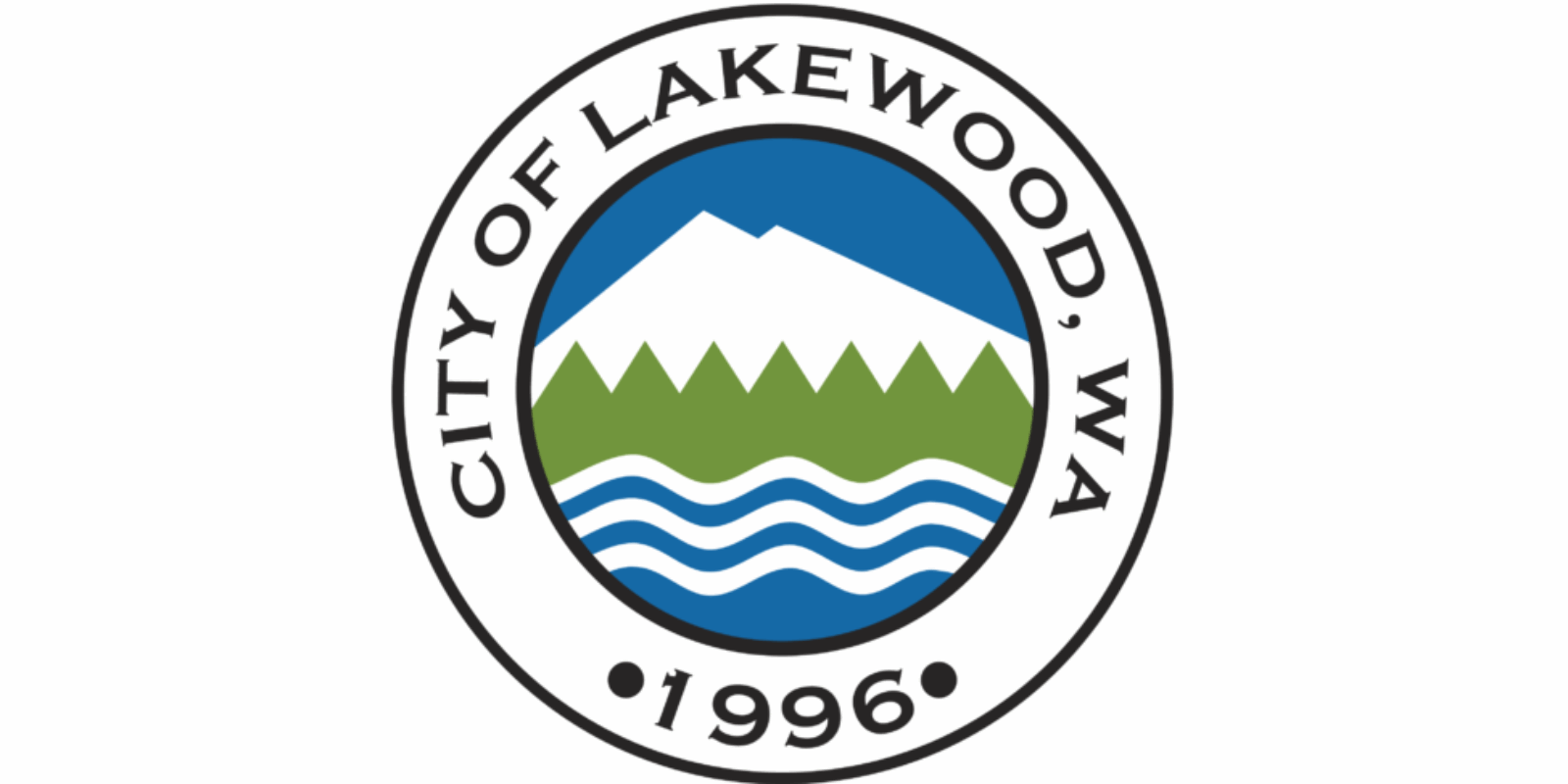Lakewood’s journey from an unincorporated collection of neighborhoods to a fully chartered city reflects both the community’s growth and its desire for self-determination. After three unsuccessful bids in 1971, 1990, and 1994 to incorporate, residents finally secured approval on March 14, 1995—passing the measure by a decisive 60% margin—and, months later, on February 28, 1996, Lakewood formally became Washington’s newest municipality (Wikipedia, City of Lakewood).
The incorporation movement culminated in the autumn of 1995, when voters elected the city’s first governing body. In September of that year, seven councilmembers—Ann Kirk Davis, Colleen Henry, José Palmas, Douglas Richardson, Sherri Thomas, William Harrison, and Claudia Thomas—were chosen. At their inaugural meeting, the council appointed William Harrison as Lakewood’s first mayor and Claudia Thomas as deputy mayor, laying the foundation for a home-rule government in what had been a precinct of Pierce County (City of Lakewood).
Four principal motivations drove Lakewood’s incorporation. First, public safety: by establishing its own police force, the city could provide more responsive and dedicated services than those available through the county sheriff’s department. Second, land-use planning: local officials gained authority to curb sprawl and craft a zoning code tailored to Lakewood’s evolving suburban-urban character. Third, parks and infrastructure: incorporation enabled the city to develop fourteen parks—ranging from pocket-sized neighborhood green spaces to the 340-acre regional jewel of Fort Steilacoom Park—under a coherent capital plan. Finally, fiscal control: revenues generated within Lakewood would remain local, funding community priorities rather than being absorbed into county coffers (Business View Magazine).
Although Lakewood’s formal birth as a city dates to 1996, its roots extend deep into the mid-19th century. The area was first settled in 1833 by Hudson’s Bay Company traders and later by settlers who established a grist mill (1850), sawmill (1852), and flour mill (1855) along Chambers Creek. Prior to European arrival, Payallup and Nisqually peoples stewarded these lands and waterways. Over the following century, the “Lakes District”—also called Tacoma/Lakewood Center—transitioned from pioneer outpost to a patchwork of residential enclaves, setting the stage for a unified municipal identity (Business View Magazine, Wikipedia).
In the decades since incorporation, Lakewood has flourished into the second-largest city in Pierce County and the 20th-largest in Washington State. According to the 2020 census, its population stood at 63,612, anchored by the adjacent Joint Base Lewis-McChord and supported by over 3,500 businesses. The governance, services, and civic pride established on that momentous February day in 1996 continue to guide Lakewood’s growth and community spirit (City of Lakewood, Wikipedia).
Visit the City of Lakewood website for more information.
Lakewood Historical Society website.
No reviews yet. Be the first to review!
Did you like this article? Provide a rating.
